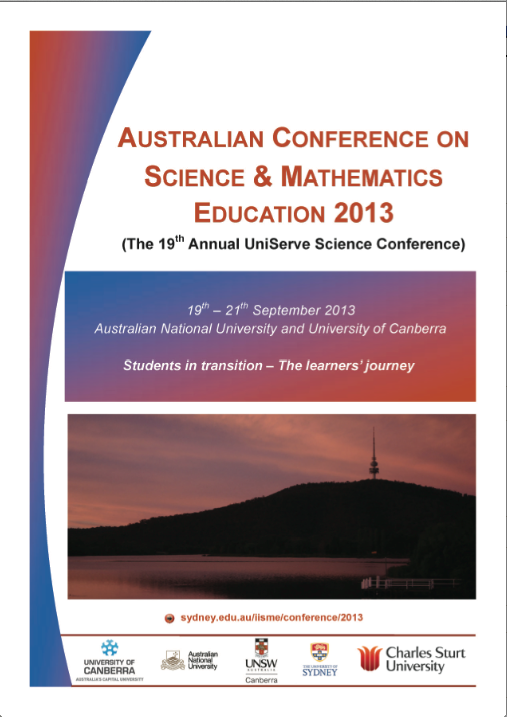Evaluating the effectiveness of STEM related school-university partnerships
Abstract
Students living outside metropolitan areas are under-represented in university student populations (James et al., 2008). Declining university enrolments in the physical, chemical, mathematical and agricultural sciences over the past two decades (Dobson, 2007), reflecting the demise in mathematics and science learning beyond the middle years of secondary schooling (Goodrum, Druham, & Abbs, 2011) are particularly apparent in rural and regional areas, where schools often struggle to attract qualified senior mathematics and science teachers and to retain STEM curriculum offerings (Lyons & Quinn, 2010; Skillbeck & Connell, 2003). Most Australian universities deliver a variety of outreach programs. The majority of these engage directly with secondary students and aim to change students’ aspirations towards higher education (Gale et al., 2010). However, these programs are difficult to deliver in regional areas, where low population density and wide geographic spread make costs prohibitive. Well-designed school-university partnership programs that engage professionally and geographically isolated teachers can make better use of limited financial resources, reaching many students (albeit indirectly) over time. Here we discuss an approach for determining the kind of school-university partnership programs that are most effective in increasing regional student participation in mathematics and science and, as a consequence, in STEM-related university courses.Downloads
Published
2013-09-24
Issue
Section
Abstracts
